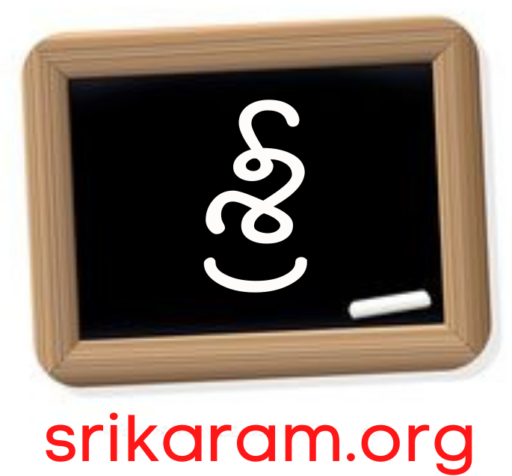India is a land of diverse cultures, traditions, and religions, reflected in its vibrant festivals celebrated throughout the year. These festivals bring people together, fostering a spirit of unity and joy. From religious occasions to harvest festivals, each celebration has a unique significance. Here’s a look at the top 10 festivals of India and how they are celebrated.
1. Diwali – The Festival of Lights
Diwali, also known as Deepavali, is one of India’s most significant festivals. It is celebrated by Hindus, Sikhs, and Jains across the country. The festival marks the return of Lord Rama to Ayodhya after a 14-year exile and victory over the demon king Ravana. People light diyas (oil lamps), decorate their homes with rangoli, burst fireworks, and exchange sweets and gifts. Goddess Lakshmi, the deity of wealth, is worshipped on this occasion, making it an auspicious time for businesses and new beginnings.
2. Holi – The Festival of Colors
Holi is a festival of colors that marks the arrival of spring and the victory of good over evil. The festival is linked to the legend of Prahlada and his devotion to Lord Vishnu, which led to the downfall of Holika, the demoness. On the eve of Holi, bonfires are lit, symbolizing the burning away of evil. The next day, people play with colors, dance to music, and share sweets like gujiya and thandai. The festival promotes love, unity, and joy.
3. Navratri and Durga Puja – The Celebration of Goddess Durga
Navratri is a nine-day festival dedicated to Goddess Durga, symbolizing the triumph of good over evil. Celebrated differently across India, Gujarat is known for its Garba and Dandiya Raas dances, while West Bengal, Odisha, and Assam celebrate Durga Puja with grand pandals, cultural performances, and rituals. The festival concludes with Vijayadashami or Dussehra, marking the victory of Lord Rama over Ravana and the immersion of Durga idols in water bodies.
4. Ganesh Chaturthi – Honoring Lord Ganesha
Ganesh Chaturthi is dedicated to Lord Ganesha, the remover of obstacles. The festival begins with the installation of beautifully crafted Ganesha idols in homes and public pandals. Devotees perform aartis, chant prayers, and offer sweets like modaks. After 10 days, the idols are immersed in water, symbolizing the departure of Ganesha to his celestial abode. The festival is especially grand in Maharashtra, Karnataka, and Andhra Pradesh.
5. Eid-ul-Fitr – The Festival of Breaking the Fast
Eid-ul-Fitr is one of the most important festivals for Muslims, marking the end of Ramadan, the holy month of fasting. The day begins with a special prayer at mosques, followed by feasting with family and friends. Traditional dishes like biryani, sheer kurma, and kebabs are prepared. The festival promotes charity, kindness, and gratitude, as people give Zakat (charitable donations) to the less fortunate.
6. Christmas – Celebrating the Birth of Jesus Christ
Christmas is celebrated across India, especially in states with significant Christian populations such as Goa, Kerala, and the Northeast. The festival commemorates the birth of Jesus Christ. People decorate Christmas trees, attend midnight Mass, sing carols, and exchange gifts. Plum cakes, cookies, and other delicacies are prepared as part of the celebrations. The festival symbolizes peace, love, and joy.
7. Raksha Bandhan – The Bond of Sibling Love
Raksha Bandhan is a festival that celebrates the special bond between brothers and sisters. Sisters tie a sacred thread (rakhi) on their brothers’ wrists, praying for their well-being, while brothers pledge to protect their sisters. The festival is marked by the exchange of gifts and sweets. It signifies love, duty, and familial bonds, strengthening relationships among siblings.
8. Pongal and Makar Sankranti – The Harvest Festivals
Pongal (celebrated in Tamil Nadu) and Makar Sankranti (observed in North India, Karnataka, and Maharashtra) are harvest festivals that honor the Sun God. Pongal is a four-day festival where families cook a special dish called ‘Pongal’ made of newly harvested rice. Makar Sankranti involves kite flying, sesame seed sweets, and prayers for prosperity. The festival marks the transition of the Sun into the zodiac sign of Capricorn and signals the end of winter.
9. Onam – Kerala’s Grand Celebration
Onam is the biggest festival in Kerala, celebrating the homecoming of King Mahabali. The festival lasts for ten days and is marked by grand feasts (Onam Sadhya), floral decorations (Pookalam), boat races (Vallam Kali), and cultural performances. People wear traditional attire and participate in various activities that reflect Kerala’s rich heritage and traditions.
10. Baisakhi – The Punjabi New Year and Harvest Festival
Baisakhi is an important festival in Punjab, celebrating the harvest season and the establishment of the Khalsa by Guru Gobind Singh in 1699. It is observed with prayers at Gurudwaras, Bhangra and Gidda performances, and community feasts (Langar). Farmers express gratitude for a bountiful harvest and seek blessings for the upcoming season.
Conclusion
Festivals in India are more than just celebrations; they are a way of life. They bring people together, strengthen cultural ties, and create lasting memories. Each festival, with its unique customs and traditions, reflects India’s unity in diversity, making it a truly vibrant and culturally rich nation. Whether it’s the lights of Diwali, the colors of Holi, or the devotion of Navratri, every festival adds to the beauty and spirit of India’s cultural heritage.
